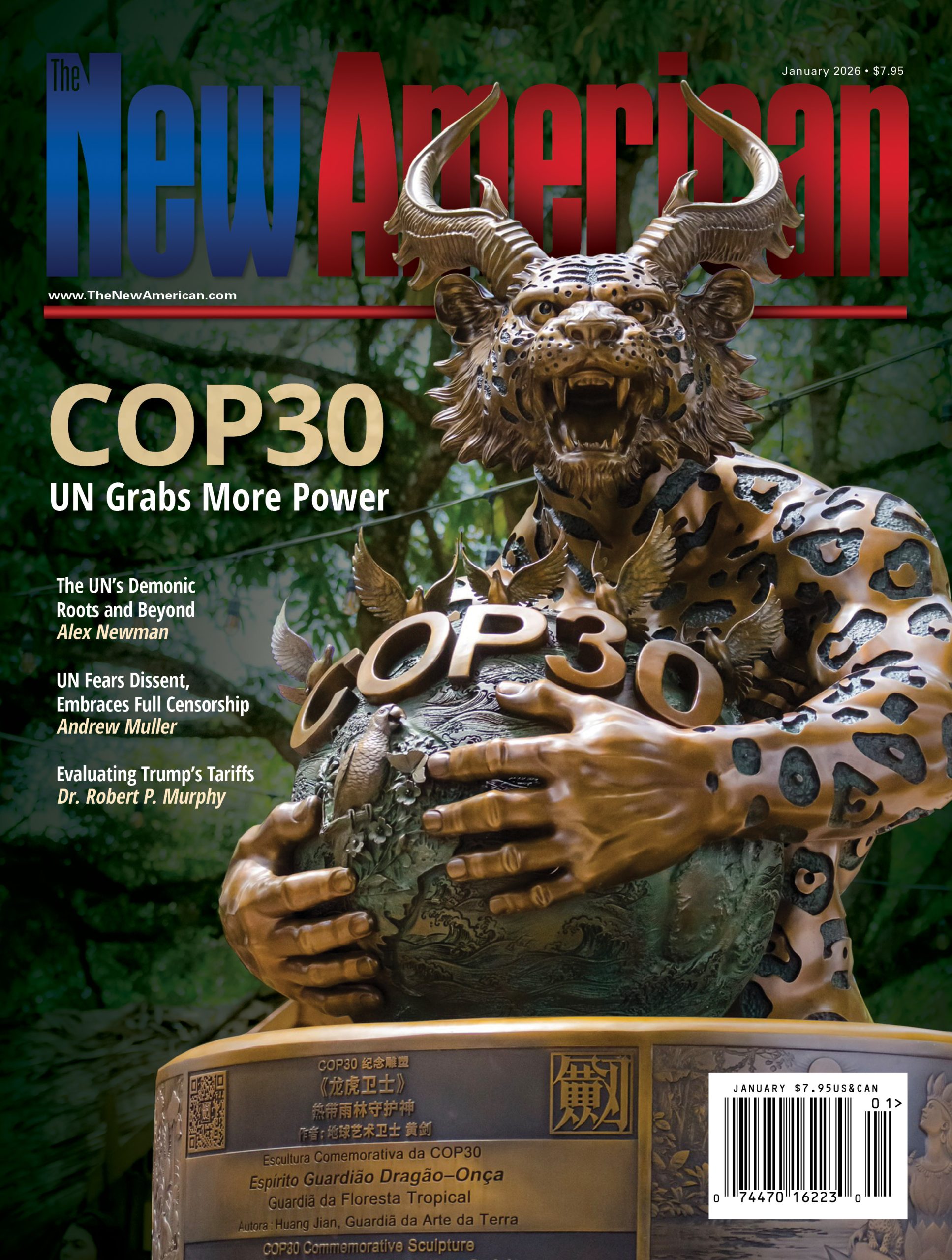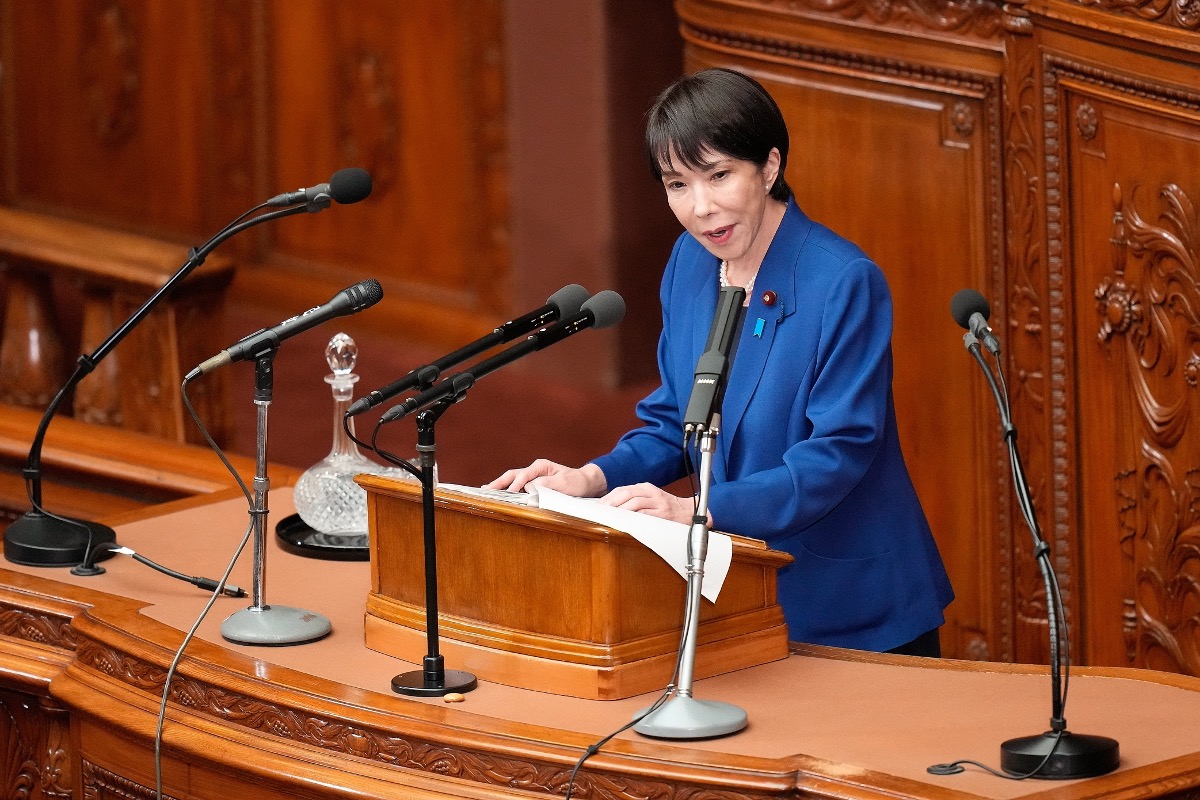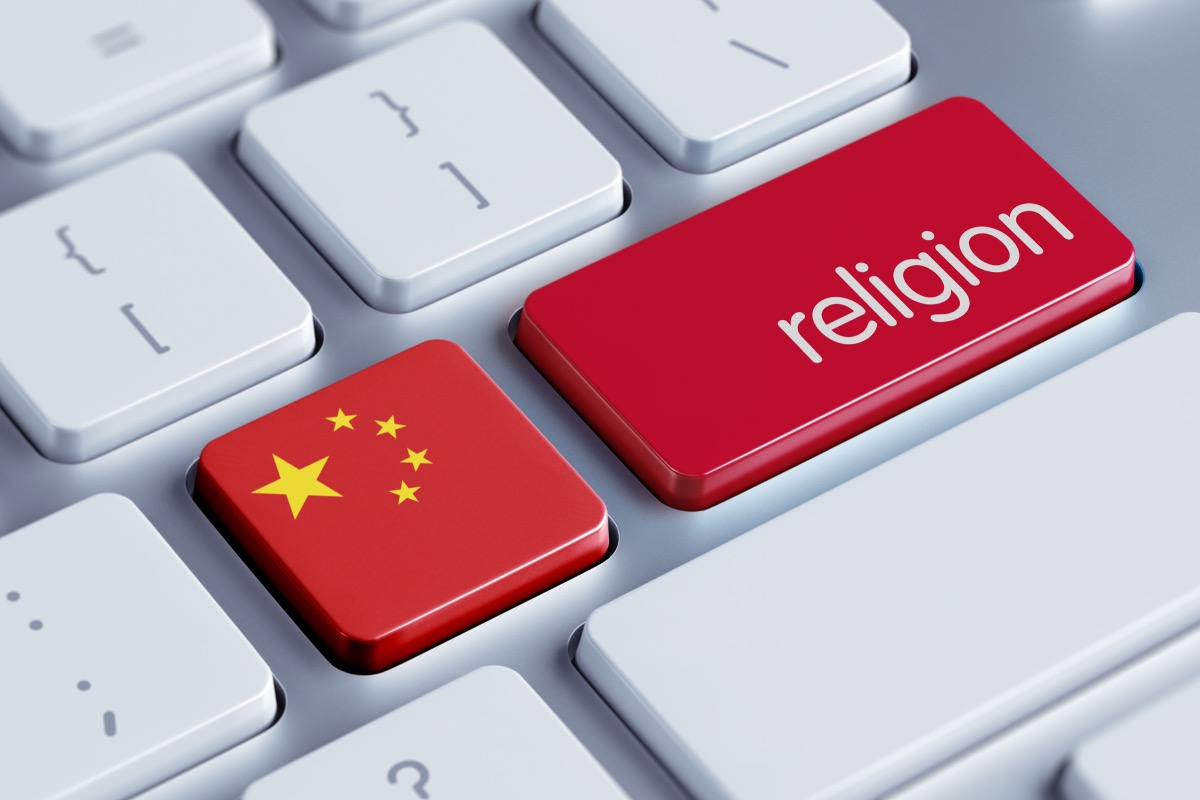
China Reports Its Economy Growing at Slowest Pace Since 1992
Podcast: Play in new window | Download ()
Subscribe: Android | RSS | More
The “official” numbers released by China’s National Bureau of Statistics (NBS) on Friday show the world’s second-largest economy “growing at its slowest pace since at least 1992,” as the Wall Street Journal expressed it. But real numbers from the real world — not those reported by the communist government for public consumption — show that the world’s second-largest economy may not be growing at all, and in fact may be shrinking.
NBS spokesman Mao Shengyong all but admitted it: “Economic conditions are still severe both at home and abroad, global economic growth is slowing down and the external instabilities and uncertainties [read: trade dispute with President Donald Trump] are increasing. The [Chinese] economy is under new downward pressure.”
The statement from the NBS accompanying its press release was just as blunt: “The Chinese economy is still in a complex and grave situation.”
Officially, NBS said that overall economic growth slid in June from 6.4 percent in the first quarter to 6.2 percent in the second quarter. Unofficially, Julian Evans-Pritchard, a senior China economist at Capital Economics, thinks that efforts to stimulate the Chinese economy through standard Keynesian strategies (lower interest rates, lower capital requirements for banks, reduced lending standards for consumers, more infrastructure spending, etc.) won’t work to arrest the decline: “We think that construction activity will come under pressure in the coming quarters as the recent boom in property development unwinds/… We expect this to culminate in a further slowdown in economic growth over the coming year.”
A proper reading on the Chinese economy can be gleaned from unofficial offshore sources, and none of them show a healthy economy. Unemployment has moved from 4.8 percent earlier this year to over 5 percent currently. Auto sales are down 12.4 percent in the first half of this year, with sales by U.S. automakers logging their worst first-half results in China in several years. Ford’s first-half sales were off 27 percent compared to a year ago while General Motors reported a 15-percent drop.
Goods imported into China in June fell 7.3 percent compared to a year ago, almost double forecasts, following an even worse May: Exports dropped 8.5 percent year-over-year.
Business confidence and hiring expectations among private Chinese employers, conducted by IHS Markit, “were at their lowest [levels] since at least 2009,” according to the private research firm. The firm added that out of the roughly 7,000 respondents to its survey, fewer than one in ten “expect an increase in business activity in the next 12 months.”
Another off-site marker for Chinese economic activity is how Singapore’s economy is behaving. A Chinese trading hub and long considered as a bellwether for Chinese and global growth, preliminary data showed its gross domestic output of goods and services shrank by 3.4 percent in the second quarter. This was the biggest quarterly contraction in nearly seven years and was much worse than economists’ expectations who predicted growth of 0.1 percent.
Another off-site marker is the Shanghai Index, which is off an eye-popping 47 percent (from 5,166 to 2,942) in the last four years. This is hardly a measure of a Chinese economy growing at anything like six percent a year.
There are other markers as well: real estate sales, industrial output, retail sales, capital exiting the country for more favorable business climates, declines in key construction materials such as steel, glass, metals, and electricity usage, etc., are all showing a Chinese economy in freefall.
As expected U.S. President Donald Trump is taking credit for China’s economic difficulties. Following release of the faux numbers from NBS on Friday he tweeted: “China’s 2nd quarter growth is the slowest it has been in more than 27 years. The United States tariffs are having a major impact on companies wanting to leave China for non-tariffed countries.” He added: “That is why China wants to make a deal with the U.S., and wishes it had not broken the original deal in the first place.”
There are two primary takeaways from Friday’s release of this data from China: 1) Communists lie; and 2) Trump remains large and in charge.
Photo: Chalffy / iStock / Getty Images Plus
An Ivy League graduate and former investment advisor, Bob is a regular contributor to The New American primarily on economics and politics. He can be reached at [email protected].
Related article:




